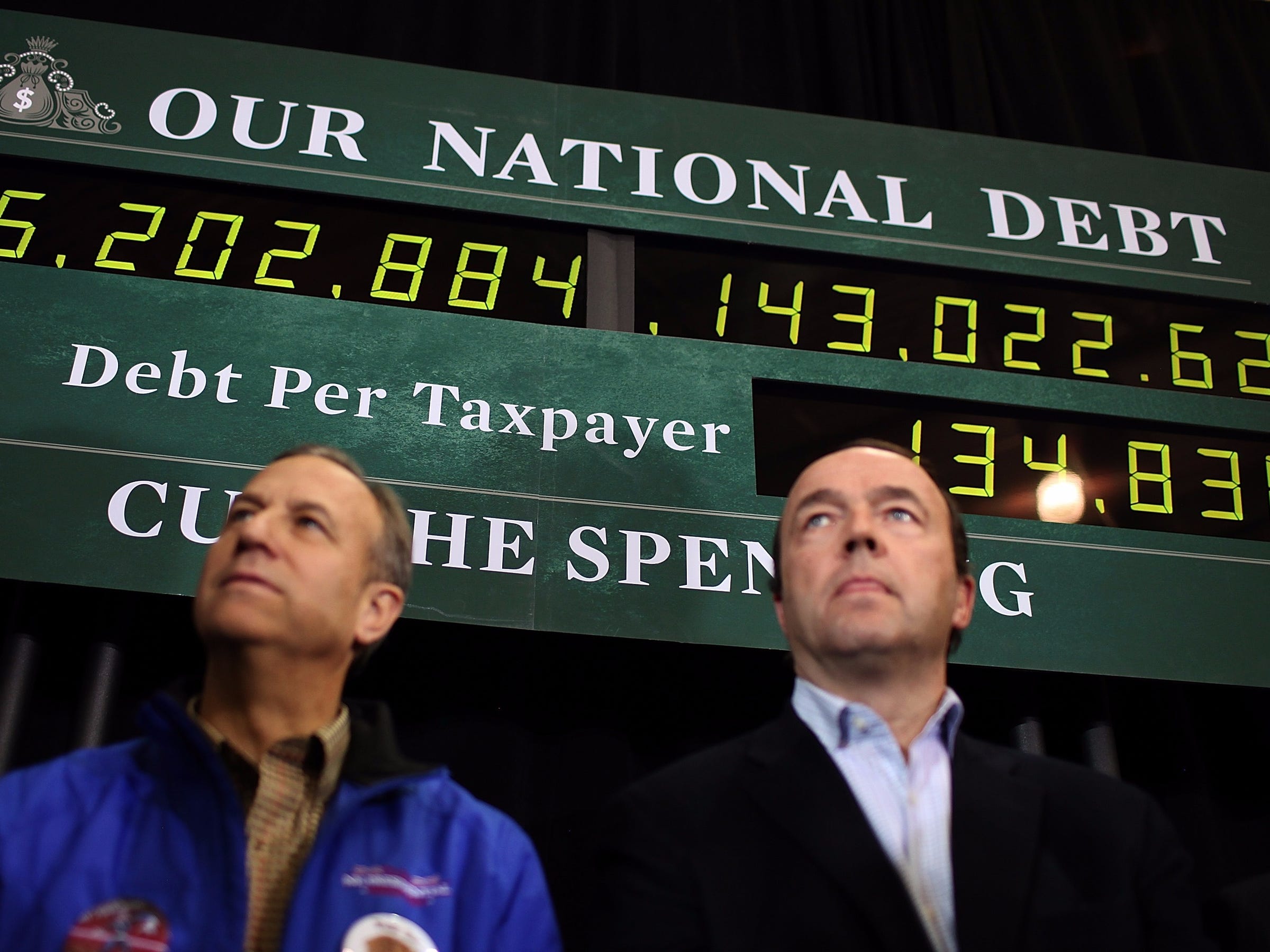red states rule
Senior Member
- May 30, 2006
- 16,011
- 573
- 48
My how are the libs ever going to spin this?
Federal Deficit Cut In Half Three Years Earlier Than Expected
Oct 9 2006 1:03AM
http://sayanythingblog.com/index.php
Just another reason why Democrats and their allies in the media would like to keep Mark Foley in the headlines as long as possible:
A huge point has been virtually if not totally ignored since the announcement on Friday that the reported federal deficit for the fiscal year that ended a week ago was $250 billion ? The Bush Administration has done what it said it would do about the deficit three years ago, and has done it a full three years early, i.e., in half the time predicted.
This continues what has been a very difficult past few years have been for those who deride supply-side economics. If Washington, with a little help from the states, lets the supply-side engine continue to chug along for next several years, the results could be so positively stunning that it would become impossible for supply-side detractors in touch with any part of the real world to hang on to the comfort of their static-analysis fantasyland.
Meanwhile, Nancy Pelosi is promising to raise taxes and increase government spending if Democrats get a majority in Congress, both of which would likely reverse this fantastic growth weve seen in our economy.
Which should be reason enough by itself to vote Republican come November.
Federal Deficit Cut In Half Three Years Earlier Than Expected
Oct 9 2006 1:03AM
http://sayanythingblog.com/index.php
Just another reason why Democrats and their allies in the media would like to keep Mark Foley in the headlines as long as possible:
A huge point has been virtually if not totally ignored since the announcement on Friday that the reported federal deficit for the fiscal year that ended a week ago was $250 billion ? The Bush Administration has done what it said it would do about the deficit three years ago, and has done it a full three years early, i.e., in half the time predicted.
This continues what has been a very difficult past few years have been for those who deride supply-side economics. If Washington, with a little help from the states, lets the supply-side engine continue to chug along for next several years, the results could be so positively stunning that it would become impossible for supply-side detractors in touch with any part of the real world to hang on to the comfort of their static-analysis fantasyland.
Meanwhile, Nancy Pelosi is promising to raise taxes and increase government spending if Democrats get a majority in Congress, both of which would likely reverse this fantastic growth weve seen in our economy.
Which should be reason enough by itself to vote Republican come November.





